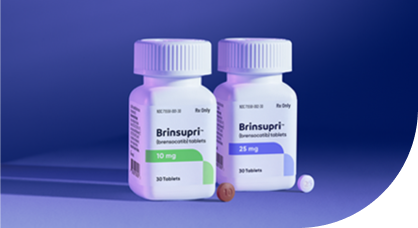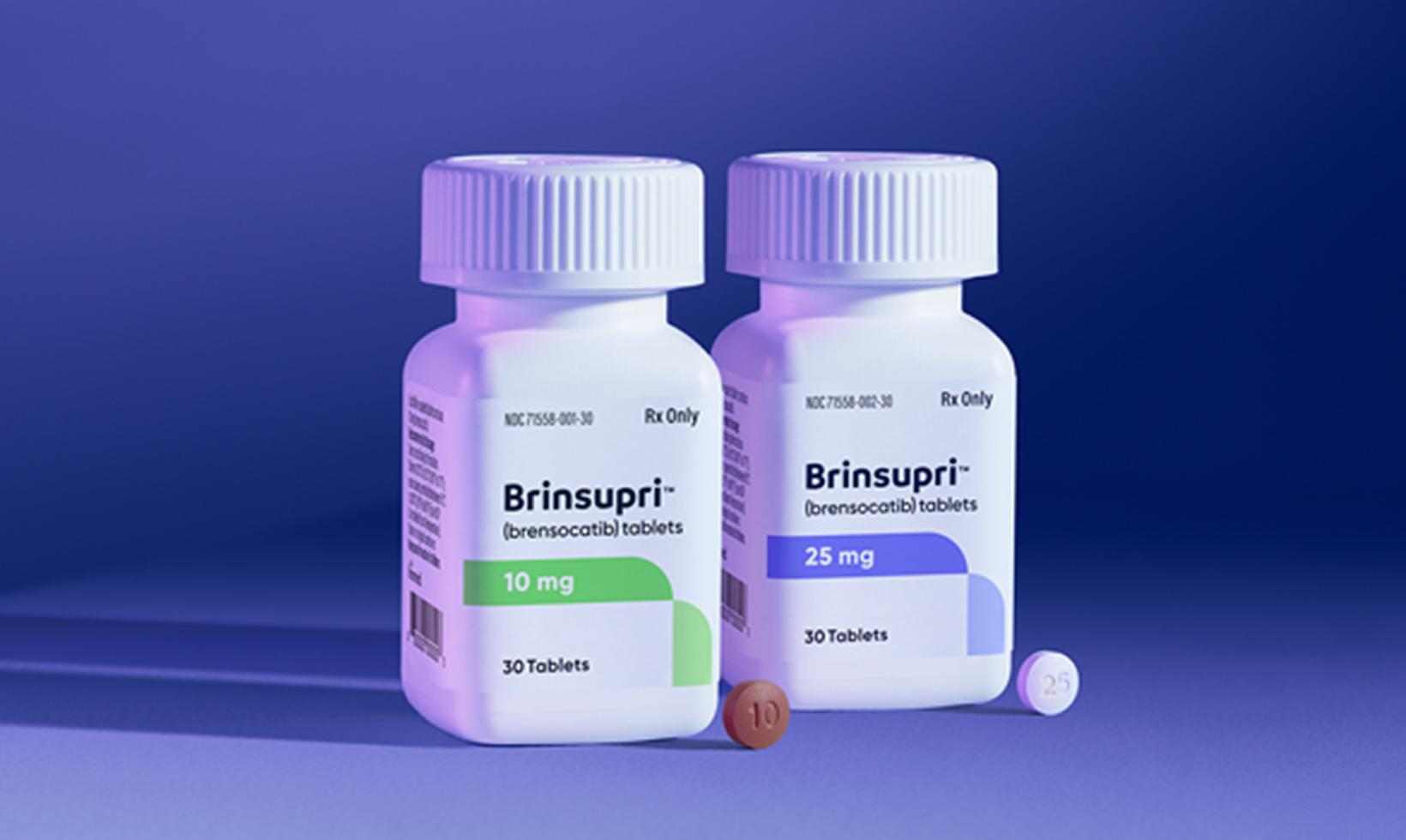
Taking BRINSUPRI

The most common side effects of BRINSUPRI
People taking BRINSUPRI 10 mg (582 people)/25 mg (574 people)
People taking placebo (563 people)
Upper respiratory tract infectiona
27%/29%
25%
Headache
7%/9%
7%
Rashb
4%/6%
4%
Dry skinc
3%/4%
1%
Small areas of skin thickeningd
1%/3%
1%
High blood pressure
5%/2%
3%
Additional safety considerations
BRINSUPRI is a once-daily pill available in 2 doses that can be taken:
BRINSUPRI can work alongside other bronchiectasis treatments to address the key factors of the disease
Treatments for the 4 interconnected factors may include:

Ready to talk to your doctor about how BRINSUPRI might fit into your treatment plan?
Support and resources are available along your treatment journey
Find savings and support